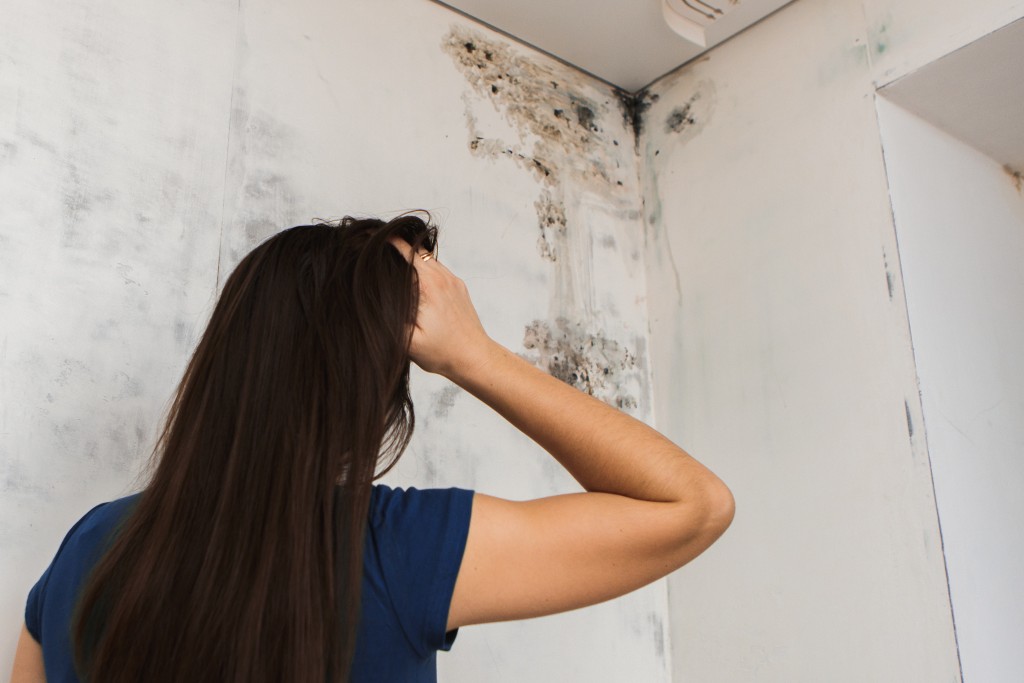We all know that mold in our homes is bad news. But how does it exactly affect our home and health? Mold can grow on walls, windows, carpets, clothes, books, and even toys. And when humans inhale mold fragments or spores, it can inflame the airways, causing coughing, nasal congestion, chest tightness, wheezing, and throat irritation.
Here’s what you need to know about mold:
Mold and your home
According to experts, more than half of the houses in the USA have mold problems. Mold grows in places with a lot of moisture, such as leaks in windows, roods or pipes, or where there’s been flooding. Mold also grows well in paints, dust, wallpaper, insulation, carpet, fabric, and upholstery.
If mold grows and spreads in a home or commercial building, a variety of physical damage can result, both to the structure of the house and to its internal contents and fixtures.
- Structural components – Mold can cause serious structural damage to the building because it feeds on and breaks down organic matter like wood.
- Personal property – Mold can also grow on clothing, books, and even food. Often, these would have to be disposed of because the spores can’t be fully removed.
- Heating and ventilation systems – Mold can also grow in your home’s heating and ventilation systems. These sections might not be accessible for visible inspection or cleaning, so professional assistance might be needed.
Mold and your health
Exposure to moldy environments can cause illnesses. In 2004, the Institute of Medicine (IOM) found enough evidence to attribute indoor mold exposure with upper respiratory tract problems, like wheezing, chest tightness, and coughing.
For people sensitive to molds, exposure can cause symptoms like stuffy nose, red eyes, and itchy skin. Meanwhile, constant exposure to high levels of indoor dampness can affect the lungs and lead to chronic health problems like asthma. According to the World Health Organization, a considerable proportion of the world’s 300 million cases of childhood asthma can be linked to exposure to indoor mold. Those who are asthmatic might experience more intense reactions like shortness of breath and fever.
What can you do to stop the growth of mold?

When it comes to molds, prevention is better than cure. You must regularly inspect your house for evidence of water damage and visible mold. Here’s a specific plan you can follow:
- Fix any leaks in your home’s roofs, windows, walls, and plumbing to prevent moisture buildup.
- Don’t use carpet in rooms that may have a lot of moisture like basements.
- Keep humidity levels in your house low, preferably between 30 and 50 percent. Remember that humidity levels can change several times in one day, so you’ll need to check them often.
- Ensure that your house has enough ventilation. Install exhaust fans in your bathrooms and kitchen.
- Use a dehumidifier or air conditioner during the humid months.
When you spot evidence of mold, immediately contact a power-washing company to get rid of it before it spreads.
Mold can become a health and safety issue in your house, so taking the necessary steps early is crucial in preventing its growth.
